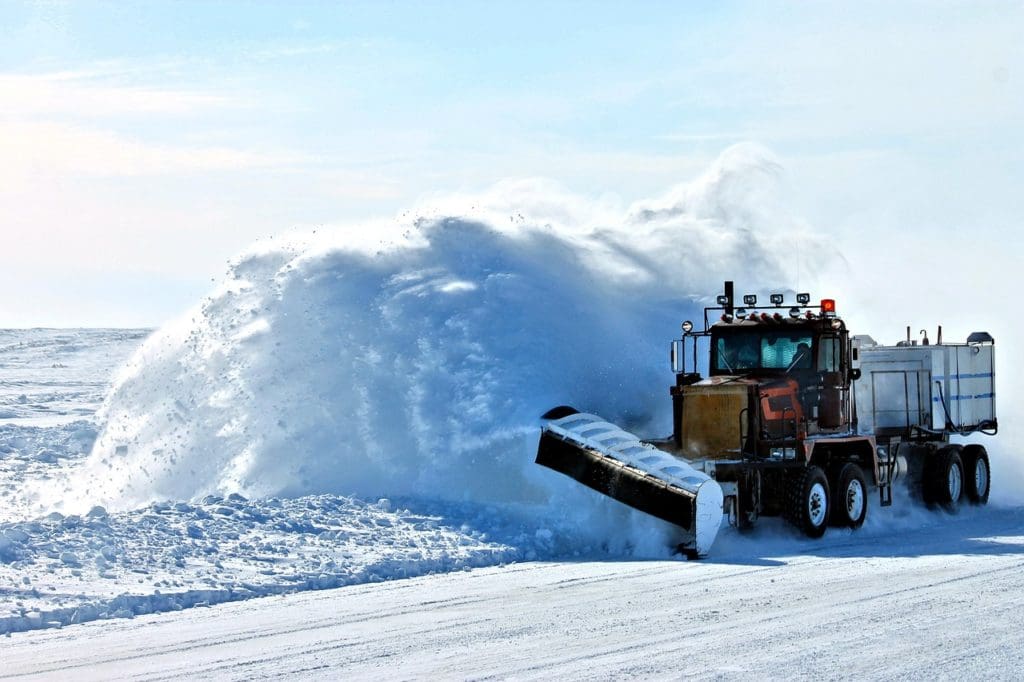
In the book Invisible Women: Data Bias in a World Designed for Men, author Caroline Criado Perez opens with a simple idea. Snow clearing, despite seeming to be a neutral act performed by cities around the world every year, is not so neutral.
“It all started as a joke,” she writes, describing a comment from a Swedish lawmaker stating that there was “no way” that the “gender people” (meaning commissions of people working toward gender equity in law and practice) could find fault with the city’s snow clearing practice. But of course, it wasn’t a joke. Because every single action that local governments make are in some way directed or skewed by perceptions and lived experiences.
Though Invisible Women focuses chiefly on the gender gap in public policy, snow clearing presents an excellent example of the many ways that local governments demonstrate their priorities.
No law or policy is neutral because no lawmaker or policy-writer is neutral. And snow clearing shows us why.
In the last month, stories have shown up on Twitter and Instagram highlighting the car-centered snow clearing practices across the country. While roads are salted and bare, sidewalks are left packed with thick ice and snow. Plows push snow up against shoulders and sidewalks, creating filthy mountains that make crossing streets impossible.
Meanwhile, the approach to sidewalk snow clearing has been to allow homeowners and businesses to manage their own strips and leave the rest their own devices.
The laissez-faire attitude toward snow clearing in pedestrian spaces presents a substantial risk to an already-precarious network of accessible options. Seldom are there rules around cleaning curb cuts or ramps, or routes to bus stops. This makes rolling — whether in a wheelchair, on a bicycle, or with a stroller — more difficult than it already is.
During winter storms, conversations about driving and road safety dominate the news. Motorists in ill-equipped vehicles demand that every single road be clear and accessible. Meanwhile, folks heading to the bus stop trip over slick patches that haven’t been treated at all.
The big question, of course, is why? Why are there iron-clad street plowing maps and rarely any attention paid to sidewalks or walkways? Is snow clearing really only important for cars, not people?
Why can’t we seem to get it right, even though snow comes every year?
It’s not malicious, at least not for the most part. Instead, lawmakers simply don’t think about pedestrians and cyclists and parents with prams. They think about cars…at least until they’re forced to think about someone else’s needs.
Every winter, media outlets ponder this imbalance. In 2020, Slate writer Amy Crawford was unequivocal.
“Like most municipal problems, inefficient sidewalk clearing could be solved if there was simply enough money—and political will—to go around.”
And often, there isn’t. Fortunately, every winter, it seems as though more municipalities are getting the memo, as more and more groups and individuals speak up. Syracuse, Duluth, and Burlington all have sidewalk clearing policies just in the last several years. Some of these rules include steep fines for property owners who fail to keep their sidewalks walkable. Others have high-tech walkway clearing technology, though such a cost is rarely welcome in already-thin city budgets.
Better Streets Chicago has launched a campaign specifically to require more uniform snow clearing on sidewalks and walkways, stating that it’s “not a problem of snow or a problem of funding. The City has found the money to clear roadways for car users. It is a problem of priorities and policy.”
Their website goes on to say:
“By failing to clear sidewalks of snow and ice, the City is failing its many residents who rely on pedestrian infrastructure to get around. Our most vulnerable neighbors are often most impacted: piles of snow and ice effectively traps people who use wheelchairs or other mobility supportive devices. It impedes parents with strollers. It makes accessing the bus difficult to impossible, especially if you have limited mobility. It leaves every user at risk of slipping and falling.”
One of Criado Perez’s key messages in Invisible Women is that when policy decision omit one or more groups of people, we should be able to see it and remedy the situation. However, this transformation is only possible when people with those experiences have the ability and the space to speak.
This has been evident in recent winters as more folks with different lived experiences have spoken up about policies that don’t work for them — and local governments have listened.
Using social media to demonstrate the failures of local agencies to prioritize pedestrian safety is just one way to potentially shift the use of tax dollars away from cars and towards people. It’s not the only way, but it’s certainly an effective one.